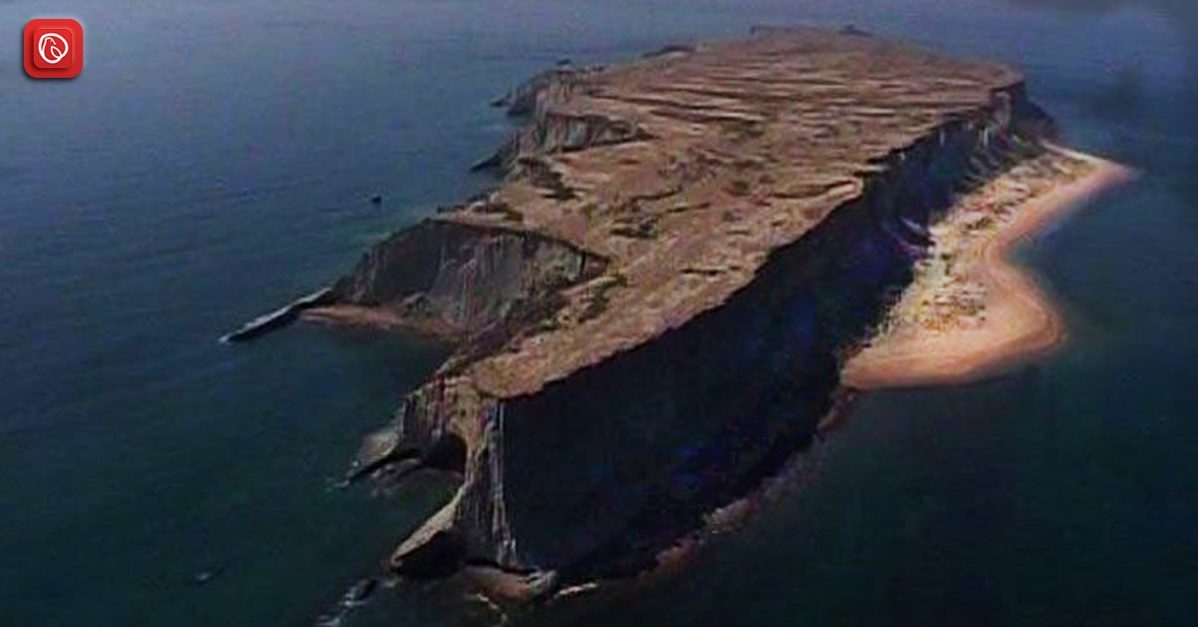Astola Island is a spectacular hidden jewel near the northern tip of the Arabian Sea in Pakistan, a country not normally associated with islands. It is the largest island of Pakistan, also known as Jazira Haft Talar (seven rocks), Sata Dip, or “The Astola,” has captivated travellers for years.
In Baluchistan, Astola Island is about 25 kilometres south of the Makran coast and 39 kilometres southeast of the fishing port of Pasni. Its rich history, diversified environment, and one-of-a-kind features make it a worthwhile site to visit.
Graana.com takes you on a virtual tour of Astola Island, unravelling its mysteries and delights.
Astola Island’s History
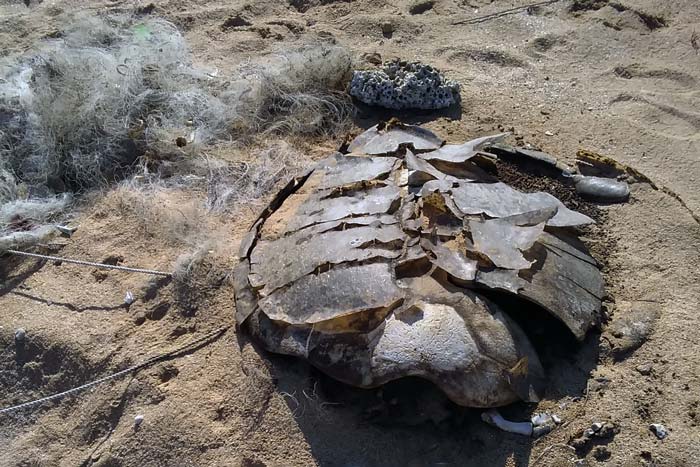
Astola Island has a rich past, dating back to 325 BC, when it was recorded by Arrian in an account of Admiral Nearchos, who was sent by Alexander the Great to investigate the Arabian Sea coast. The sailors were terrified by the island’s spooky tales and desolation, and it was known by several names, including Nosala and Carmina.
Astola Island was thought to be the ancient Nosala despite its aridity and lack of fresh water. It has been linked to the mythology of Saint Khidr, recognised as the saint of waters and a guiding figure in numerous myths about the island across time. It is one of oldest and most beautilful Islands of Pakistan.
Geography and Landscape
The distinctive scenery of Astola Island consists of a wide slanted plateau and a succession of seven little hillocks, earning the island the nickname “Haft Talar” or “Seven Hills.” The south face of the island dips gently towards the shore, whereas the north face has cliff-like formations with a sharp vertical drop.
The geography on the island is varied, including sandy beaches, rocky beaches, and a series of dark tunnels that have yet to be fully explored. Despite its bleak appearance, Astola remains alive and well.
Ecology and Wildlife
Isolation has been critical in the preservation of some indigenous wildlife species on Astola Island. The endangered green turtle and hawksbill turtle, which nest on its beaches, are notable residents. The island also hosts a variety of breeding water birds such as coursers, curlews, godwits, gulls, plovers, and sanderlings, as well as the Astola viper, a venomous viper subspecies. The arrival of feral cats, which were originally brought by fisherman to manage the endemic rodent population, poses a severe danger to the island’s fauna and breeding habitats.
Marine Protection at Astola Island
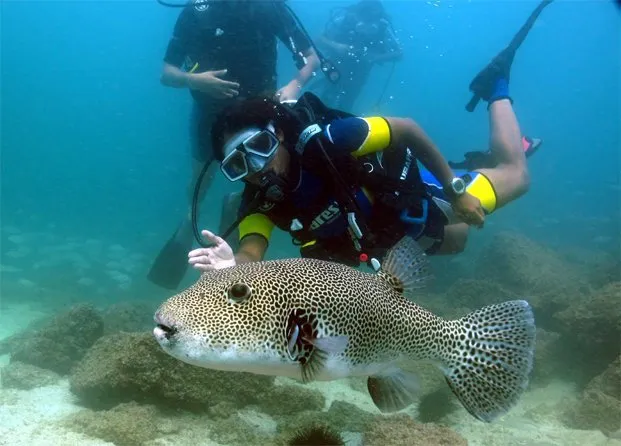
Astola Island is an important site for maritime protection and conservation, as well as a place of natural beauty and historical value. As part of its international duties under the Convention on Biological Diversity and the Aichi Biodiversity Targets, Pakistan designated Astola as its first Marine Protected Area (MPA) in June 2017. This distinction reflects the island’s dedication to maintaining its unique ecological and maritime environment.
Endemic Species
Isolation has aided the survival of several endemic living forms on Astola. These include the endangered green turtle and the hawksbill turtle, both of which nest on the island’s beaches. Astola Island is also home to an endemic subspecies of the Astola viper as well as a variety of breeding water birds.
Coral Reefs
Around the coasts of Astola Island, there are numerous coral reefs. These reefs are critical for marine biodiversity because they serve as breeding places for a variety of fish and other marine animals.
Biodiversity
The island’s distinct terrain and surrounding waters support a diverse marine ecosystem that requires preservation from potential threats.
Vegetation and Man-Made Features
The vegetation of Astola Island is limited, consisting mostly of scrubs and big shrubs, with no trees. Prosopis Juli flora, the largest shrub, was brought from South America in 1877. The island lacks a supply of fresh water, and flora survives on sporadic rains and soil moisture. Coral reefs can also be found on the island.
The Pakistani government constructed a lighthouse on Astola in 1982 to improve the safety of during sea travels, which was later changed with a solar-powered lighthouse in 1987. During the fishing season, mainland fisherman visit Astola Island’s modest mosque dedicated to Pir Khawaja Khizr. The island also has the ruins of an old Hindu temple devoted to the Hindu goddess Kali.
Religious Significance of Astola Island
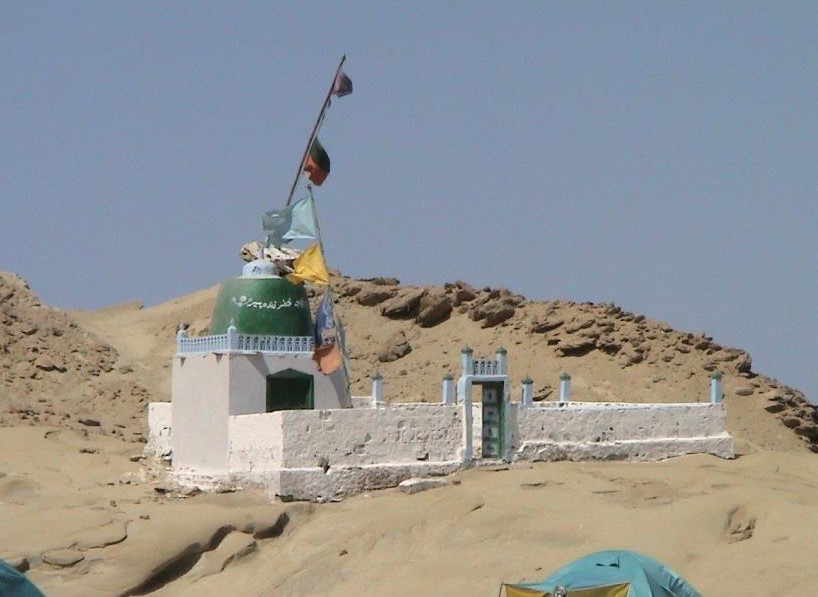
Astola Island, off the coast of Baluchistan, Pakistan, is a natural wonder as well as a sacred site, with links to both Islamic and Hindu faiths. According to Islamic tradition, Saint Khizar visited Astola Island. He is adored as a mysterious, eternal person connected with wisdom and counsel. He is also known as Al-Khizar. His name is associated with the concept of a “Green Prophet” because of his affinity for the colour green.
On Astola Island, there is a mosque dedicated to Saint Khizar. This modest mosque bears witness to the popular idea that Saint Khizar visited this lonely island. Stories about Saint Khizar abound in local tradition, and the island’s inhabitants hold him in high regard. Many people think that Saint Khizar still watches over and blesses the island.
Significance of Astola Island for Hinduism
Astola Island has historical ties to both Islam and Hinduism. It is thought to be the site of a prehistoric Hindu temple devoted to the goddess Kali. Although in ruins, this temple serves as a reminder of the island’s historical and theological diversity.
Hindus referred to the island as “Satadip,” and it is stated that this temple played an important part in the spiritual life of the region’s Hindu community. These religious ties reflect the island’s long history as a site of reverence and prayer for people of various religions. While the island is now secluded and abandoned, the echoes of these religious traditions lend depth and richness to its cultural heritage.
With its breathtaking natural beauty, Astola Island has managed to retain a sense of spirituality and historical significance, reminding us of the various religious and cultural tapestry that has contributed to the island’s unique identity throughout the millennia.
How to Get to Astola Island
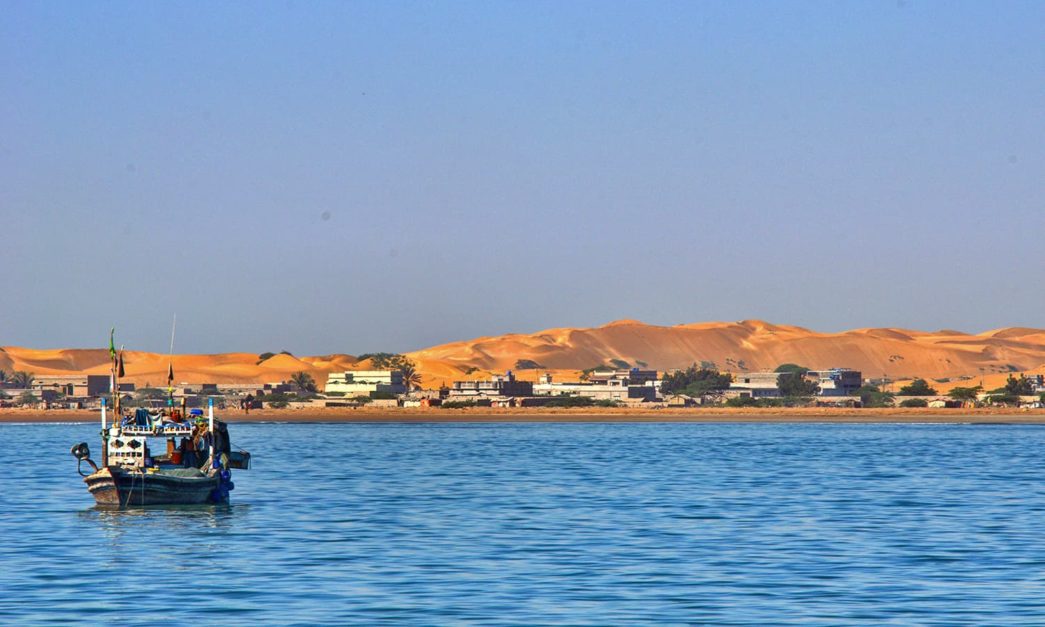
Getting to Astola Island is an adventure. There are two primary ways to reach this isolated and mystical destination: helicopter travel and motorised boats.
Helicopter Travel
Helicopter travel is the best option if you want to go to Astola Island quickly and easily. This services that provide a direct and speedy access to the island may be available for hire. However, because helicopter services can vary in availability and timing, it’s critical to double-check.
Motorized Boats
Travelling to Astola Island by motorised boats is the favoured option for a more cost-effective and immersive experience. Here’s a step-by-step instruction to using this strategy to get to Astola Island:
Journey to Pasni
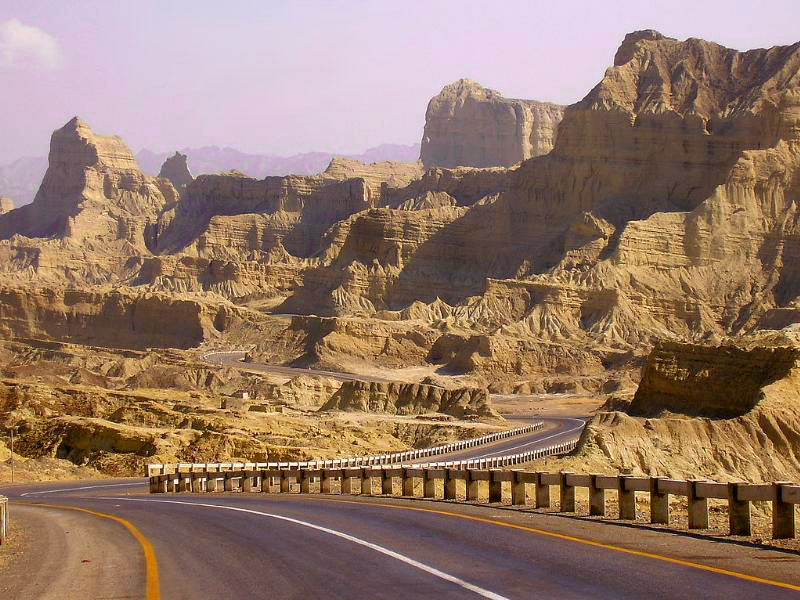
Begin your journey in Karachi, a thriving city 516 kilometres from Pasni, Balochistan. The Makran Coastal Highway, one of Pakistan’s most built road infrastructures, will be your route. As you journey, you will be treated to stunning vistas of the Arabian Sea and the region’s rich wildlife.
With the Arabian Sea on one side and a colourful chain of hills and hillocks on the other, the route is a sensory treat. While the journey can be challenging at times, the experience is unforgettable. The coastal route connects most of Baluchistan’s important fishing ports, and you might even see crocodiles and marine birds along the way.
Registration at Pasni
You’ll need to register for your boat journey to Astola Island once you arrive in Pasni, a picturesque coastal town in Baluchistan. This service is provided by local boat operators, who ensure that your journey is safe and well-organized, with experienced boatmen guiding you to the island.
Boat Journey
After finishing the registration process, you’ll board a boat for a 5-hour cruise to Astola Island. The boat ride is more than simply a mode of transportation; it’s an essential aspect of your Astola Island experience. Enjoy the sights and sounds of the wide ocean as you cruise the Arabian Sea. Keep an eye out for dolphins that may accompany your boat and take in the breathtaking splendour of the water.
Avoid boat trips during the off-season (June to August), when fishing activities are halted owing to severe seas and high tides. The best time to visit is between December and February, when the tides are low, the sea is quiet, and the weather is mild.
Experiencing Astola Island
Scuba diving tours on Astola Island allow visitors to explore the island’s coral reefs. The marine life on the island and the rich underwater world make scuba diving an unforgettable experience. Several travel businesses and organisations provide scuba diving instructors and equipment to visitors.
Beach cricket and volleyball can provide exciting diversions against the backdrop of this tranquil island. The real enchantment happens around sunset, when the serene environment of the island and the soothing sound of the waves. The mild breeze combines to create a cinematic experience and is icing on the cake. Watching the stars emerge in the night sky, distant from civilisation’s lights, creates a profound connection with nature.
Conclusion
Astola Island is a hidden gem, yet its unique history, magnificent vistas, and diversified nature make it a destination worth visiting. This Arabian Sea Island offers a view of nature’s wonders and an opportunity to interact with the mysteries of the past.
Whether you’re an extreme adventurer or someone looking for a memorable experience this place is for you. Astola Island is a place where the natural world’s beauty shines brightly and beckoning you to discover its hidden charms.
FAQs about Astola Island
Here are some top questions related to Astola Island.
What is Astola Island known for?
Astola Island, also known as Jazira Haft Talar, is famous for its breathtaking natural beauty, historical significance, and one-of-a-kind marine habitat. It is Pakistan’s largest offshore island and is known as the “Island of Seven Hills.”
How can I reach Astola Island?
Astola Island can be reached via helicopter or motorised boat. Helicopter travel is a quick and easy choice, whereas boat sailing is a more affordable and immersive experience. The boat ride usually takes around 5 hours.
What is the best time to visit Astola Island?
Between December and February is the finest time to visit Astola Island. The tides are normally low, the sea is quiet, and the weather is pleasant during this time. It’s best to avoid going during the off-season (June to August), when fishing is prohibited owing to harsh waves and high tides.
Is Astola Island a protected area?
Yes, Pakistan’s first Marine Protected Area (MPA) has been established on Astola Island. This designation attempts to protect the area’s unique marine environment, which includes coral reefs and breeding grounds for endangered turtles.
Does Astola Island have religious significance?
In both Islamic and Hindu religions, Astola Island holds religious significance. In Islamic legend, Saint Khidr is said to have visited it, and it also contains the foundations of an ancient Hindu temple dedicated to the goddess Kali. These ties contribute to the island’s historical and cultural riches.
For more updates, visit Graana.com
